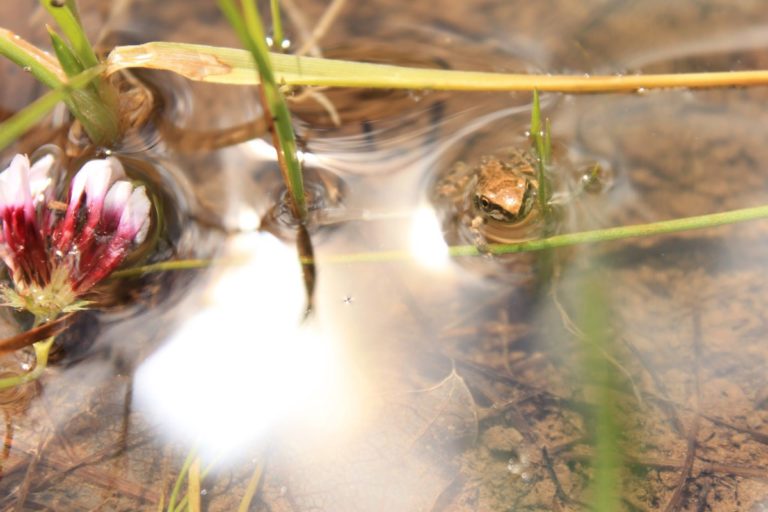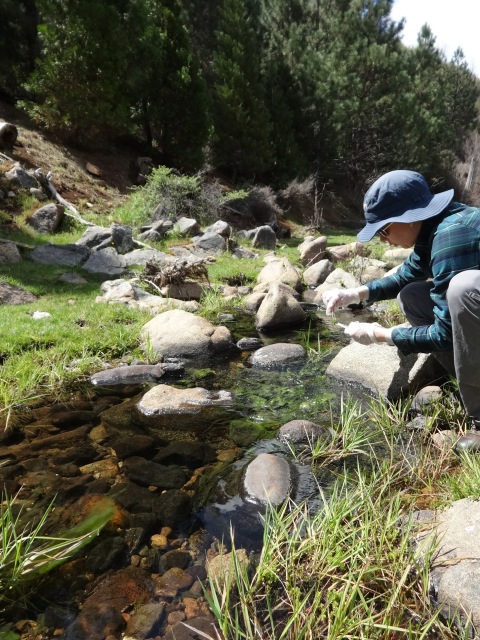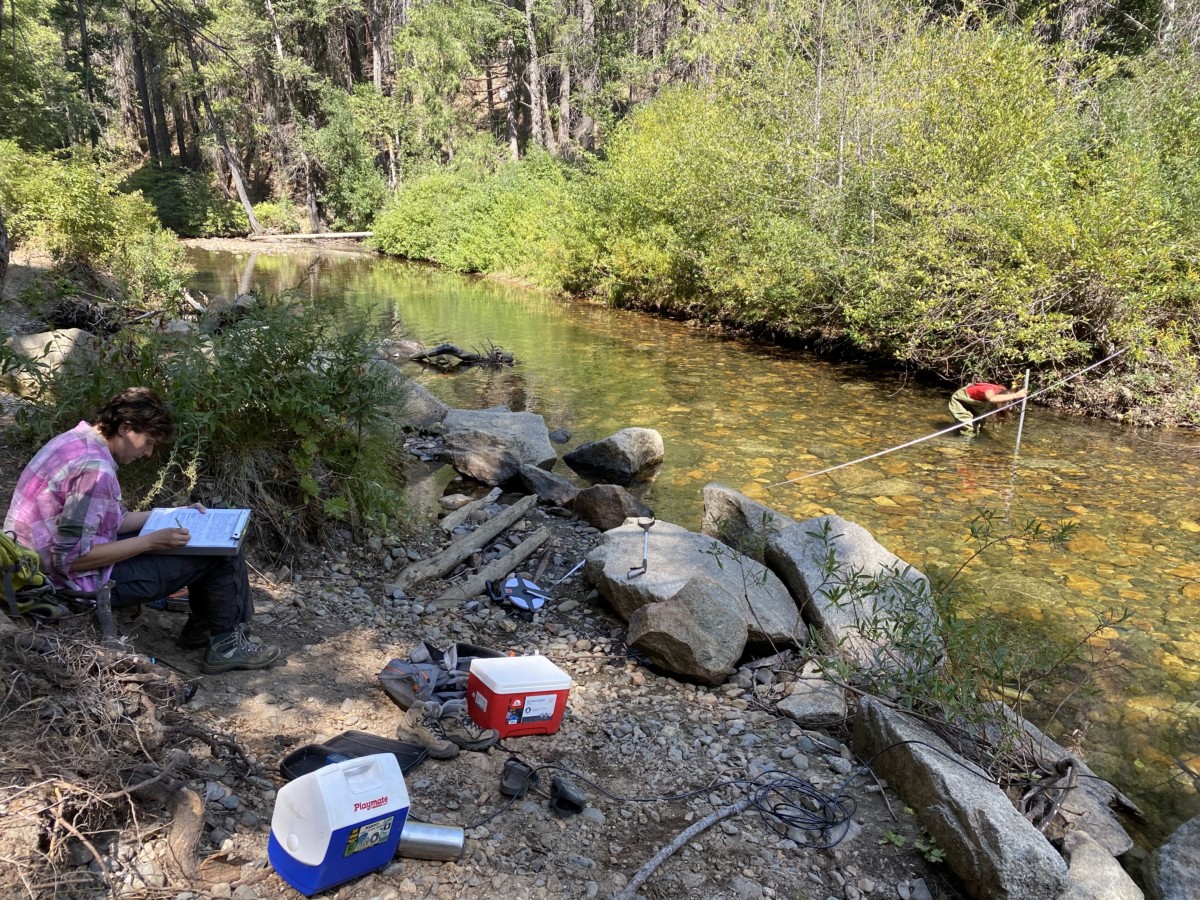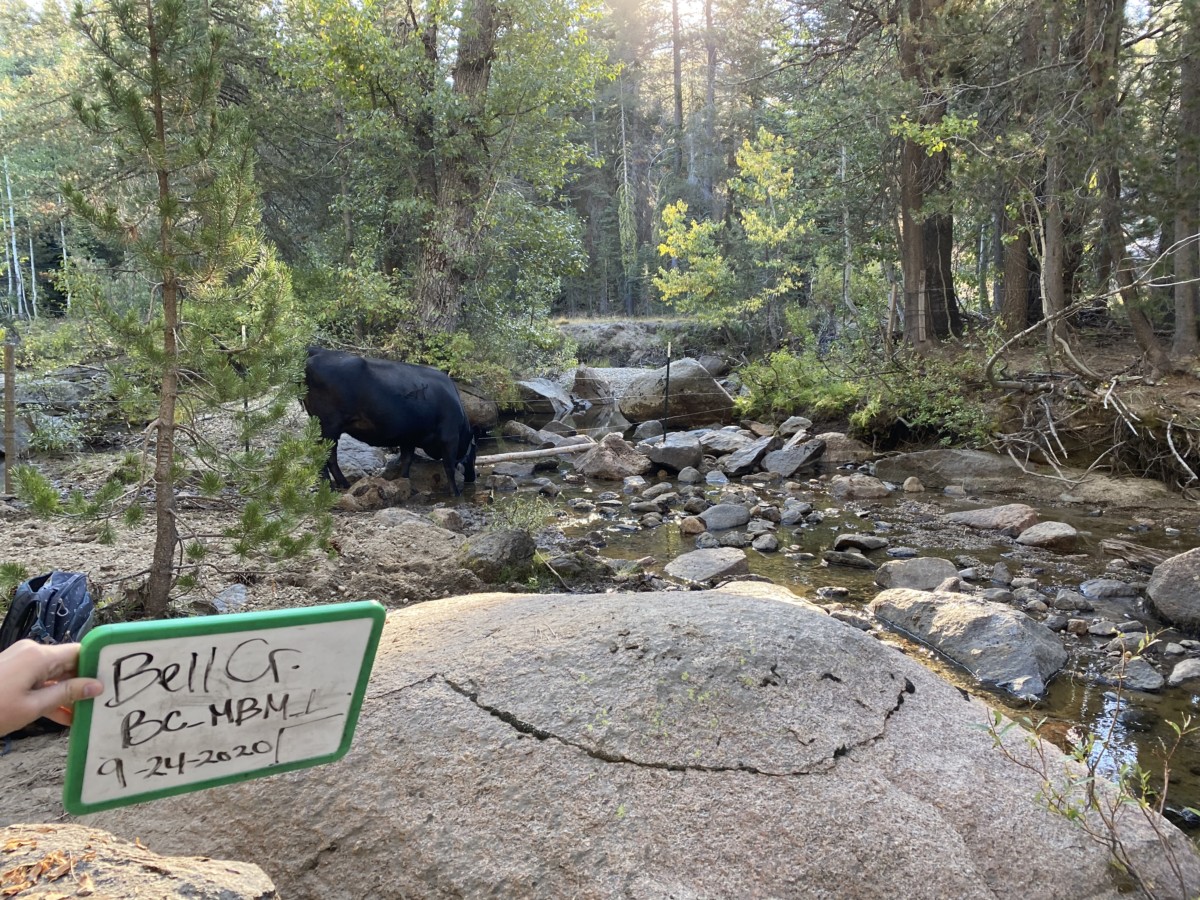Pollution and contamination from various anthropogenic sources can frequently pose health risks to people who unwisely drink untreated water from streams, lakes, or rivers. Even those who do not ingest polluted water, but merely come into contact with it can be at risk of becoming ill from pathogenic bacteria!

We all benefit from clean water
The motivation for all of CSERC's water-related work is the idea that water resources do not belong solely to humans. Water is necessary for the complex ecosystem of species and habitats all around us. We have a responsibility to care for the planet -- including the vital water resources that provide such high value to humans, plants, and animals.
Current land-use activities affect water quality in the Central Sierra Nevada region. Bacteria pollution in this region originates from a variety of sources such as:
- Natural sources like wildlife
- Human sources like wastewater treatment plants, failing septic systems, faulty sewer lines, and pet waste.
- Livestock manure from agricultural sources such as pastures and feedlots, as well as cattle manure deposited directly into National Forest tributary streams.
To determine where bacterial contamination poses risks, staff follows strict protocols approved by the State Water Board to test water samples for fecal indicator bacteria (fecal coliform and E. coli) in streams of the region. The presence of fecal indicator bacteria in water samples suggests that other microorganisms capable of causing human illness may also be present. These other microorganisms may include Giardia, Cryptosporidium, Salmonella, dangerous strains of E.coli, or another sickness-producing bacteria.
CSERC's water quality monitoring and sampling occur in two distinct areas within the Central Sierra Nevada region:
- In the mountains, water quality sampling efforts within the Stanislaus National Forest (since 2009) have documented recurring contamination that far exceeds the thresholds established for safe contact.
- In the foothills, CSERC staff has cooperated with other concerned citizens to take water quality samples where pollutants from road run-off and septic tanks may cause contamination.


Results from testing in both areas have resulted in the State Water Board determining the need to list some streams (that CSERC had tested) as impaired on the 303 (d) list under the Clean Water Act. The listing by the Water Board of streams as impaired normally requires mandatory monitoring and corrective actions. Learn how CSERC samples streams to find pollution.
CSERC has published three peer-reviewed research articles since 2011, two of which are open access. In 2012, staff biologist Lindsey Myers and Brenda Whited published the results of CSERC's high elevation water quality monitoring in the peer-reviewed Journal of Environmental Protection. In 2017, staff biologists (Lindsey Myers, Megan Fiske, and Megan Layhee) published the results of water quality monitoring from 2011-2016 in the peer-reviewed journal Natural Resources. Click on the links below to download a copy of the papers.
Myers, L., M. Fiske & M. Layhee (2017) Elevated stream pathogenic indicator bacteria concentrations in livestock grazing areas across a single national forest. Natural Resources 8: 657-670.
Myers, L. & B. Whited (2012) The impact of cattle grazing in high elevation Sierra Nevada mountain meadows over widely variable annual climatic conditions. Journal of Environmental Protection 3: 823-837.
CSERC's water quality monitoring data is routinely submitted to the Regional Water Board and available to the public through the California Environmental Data Exchange Network (CEDEN).



